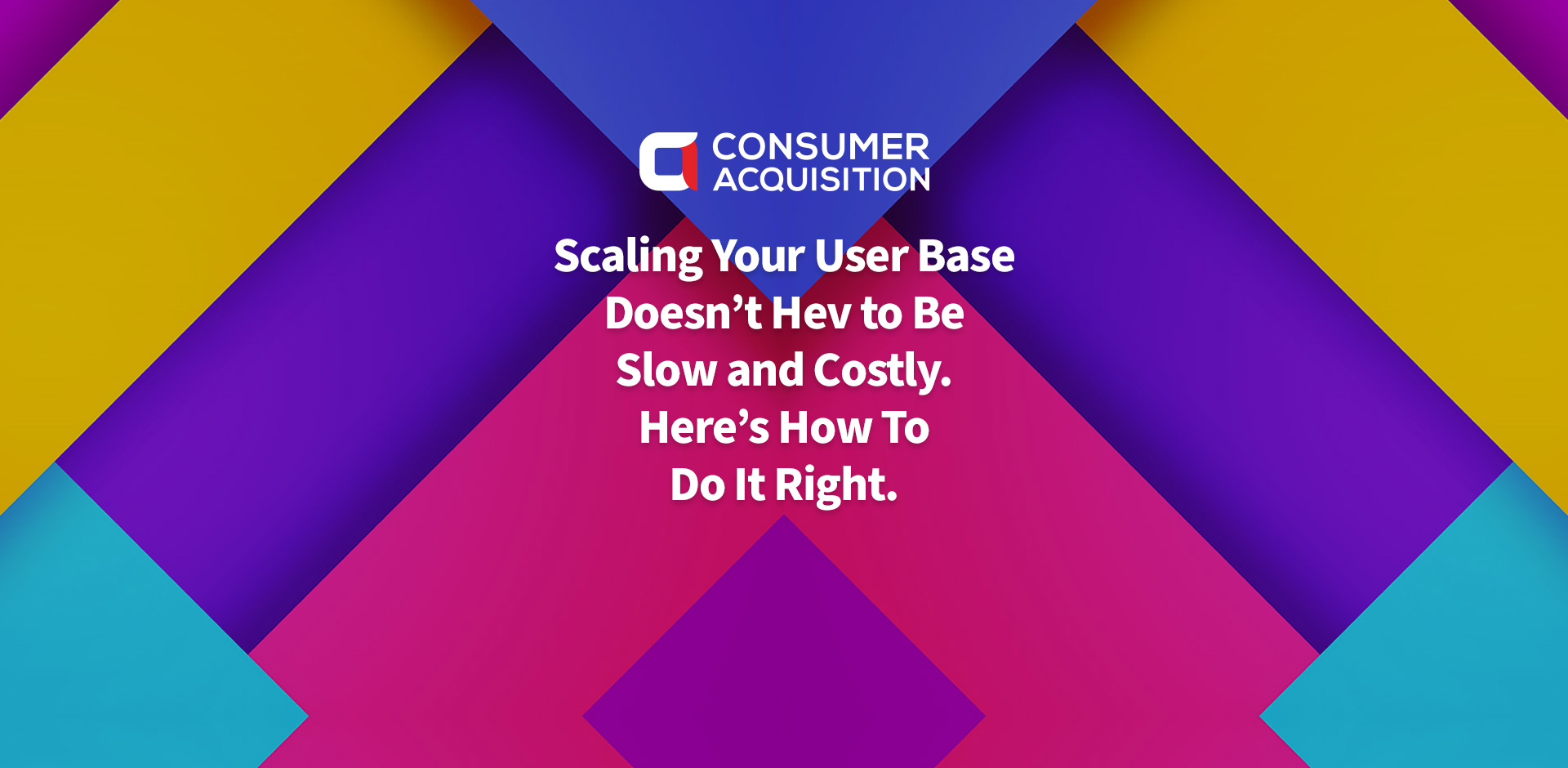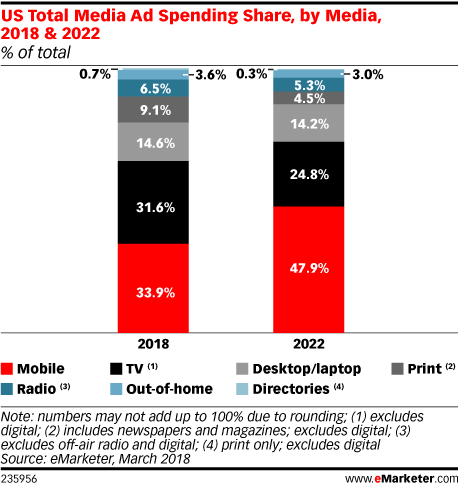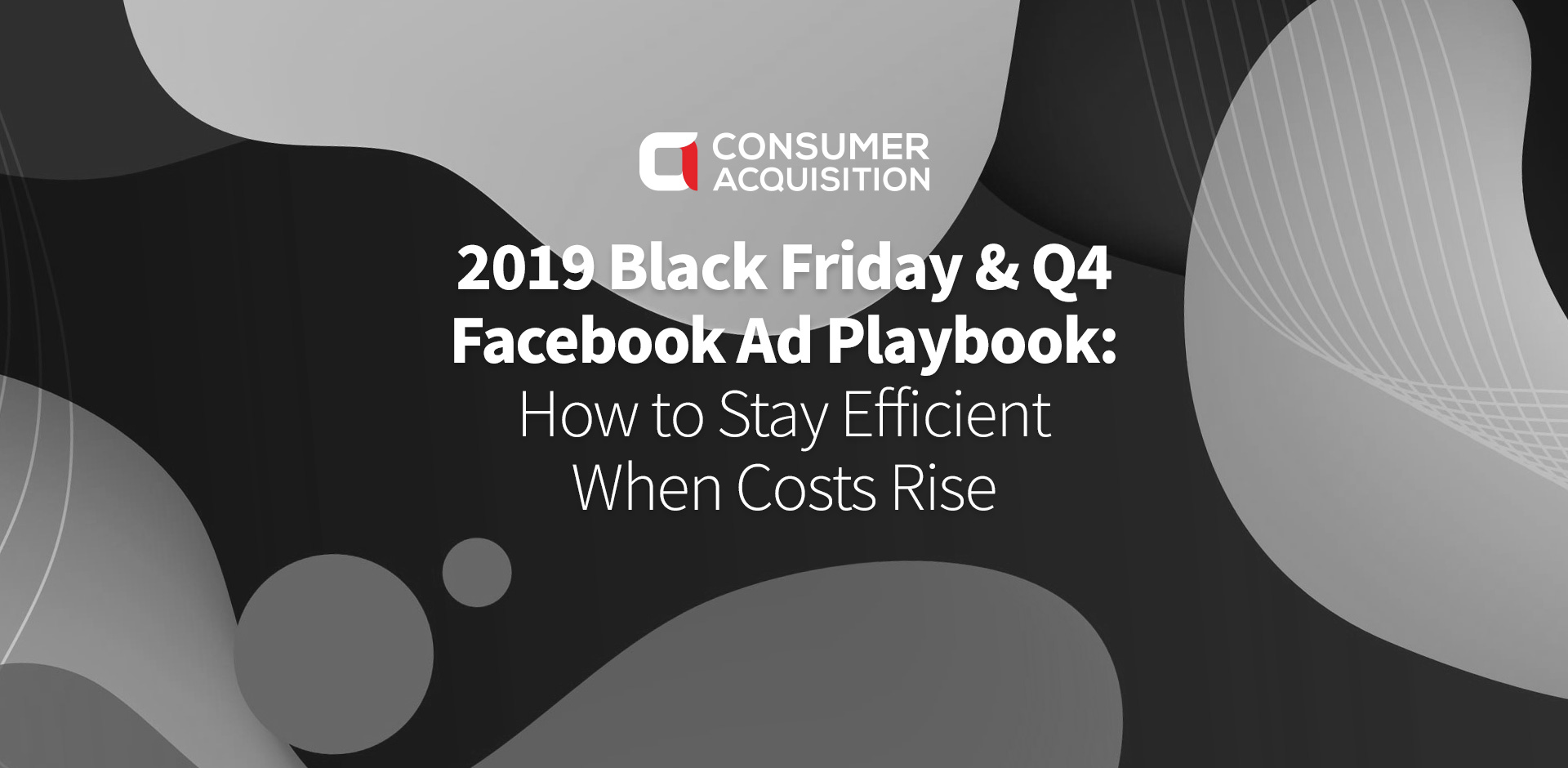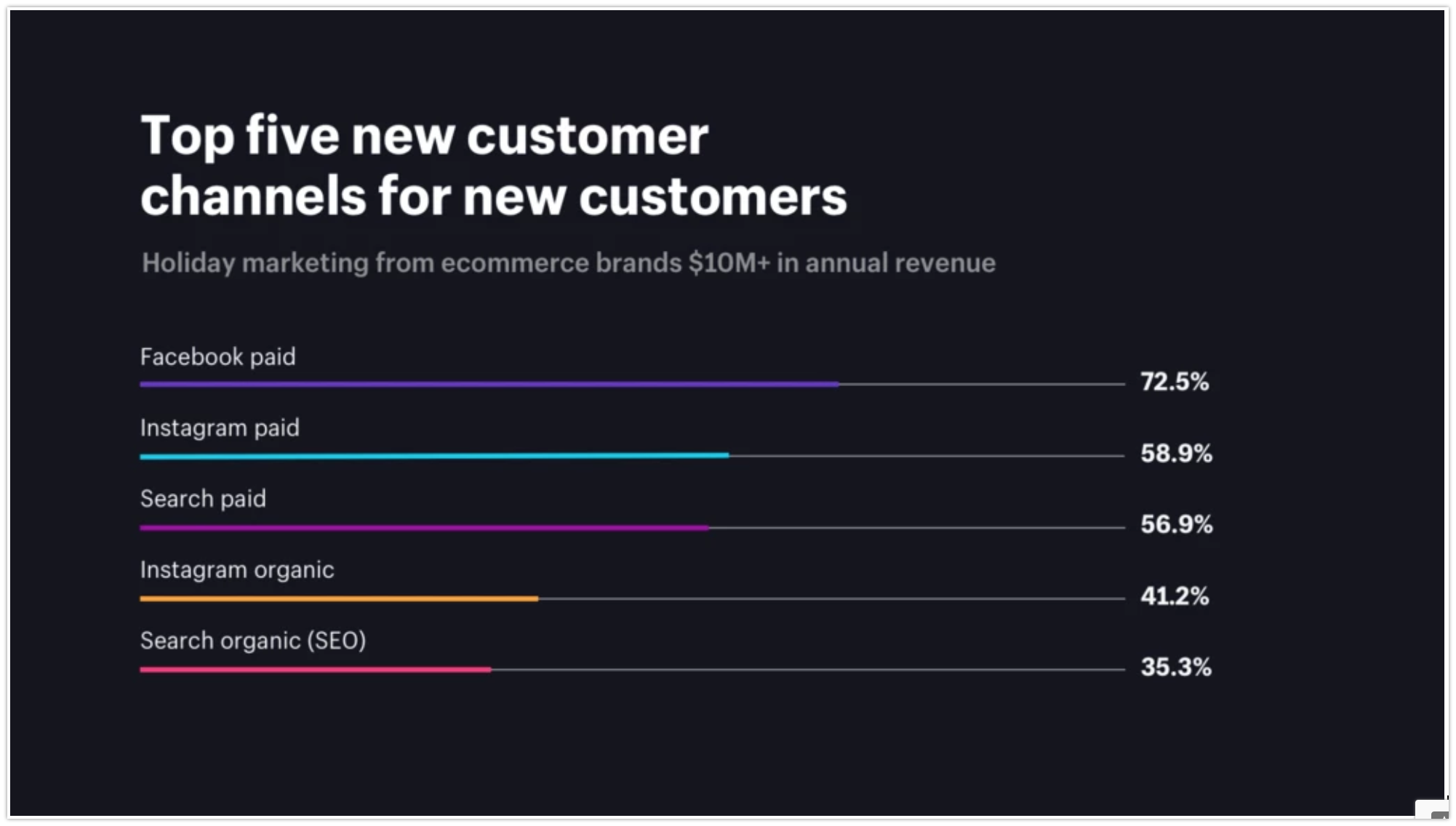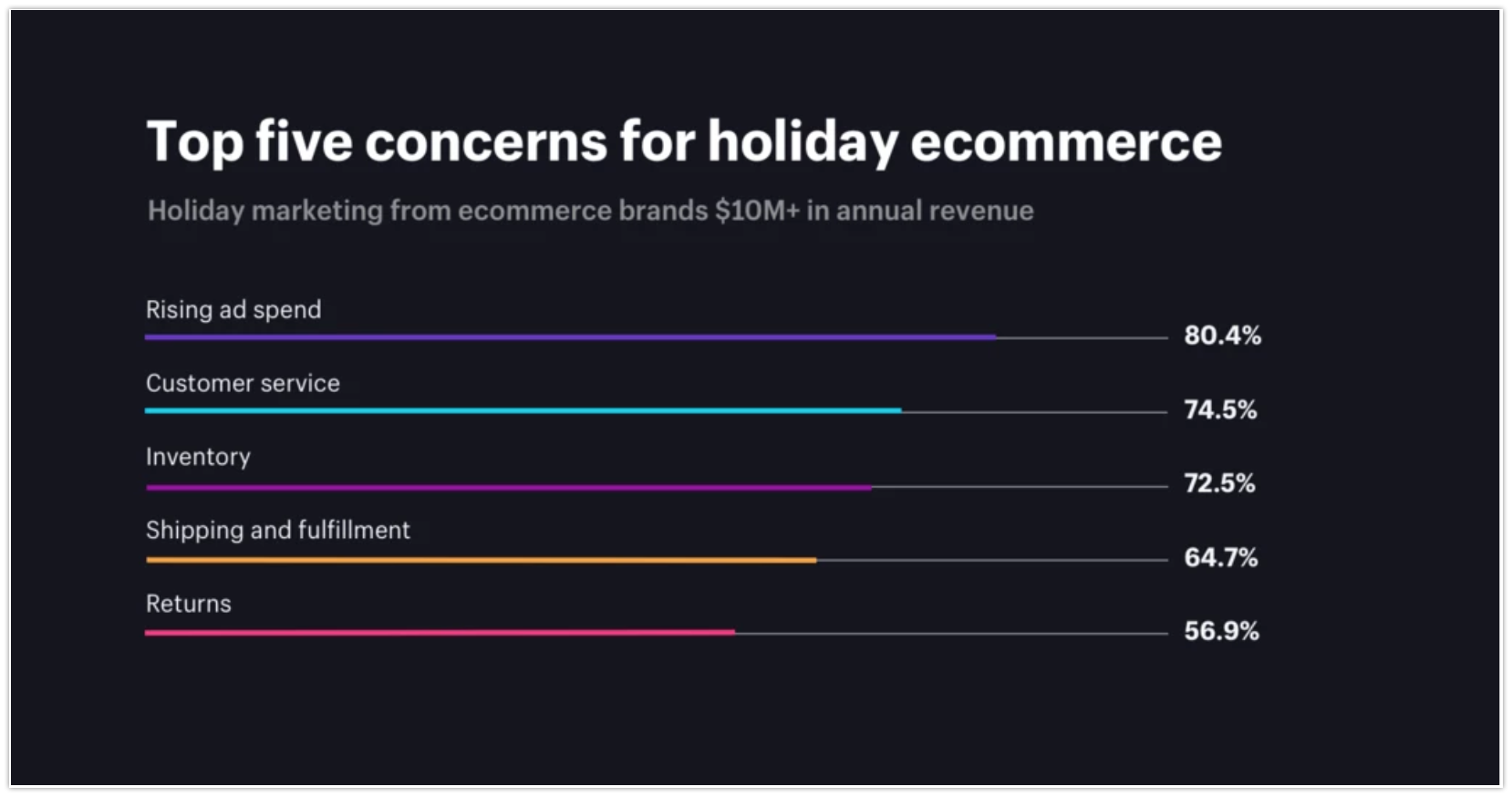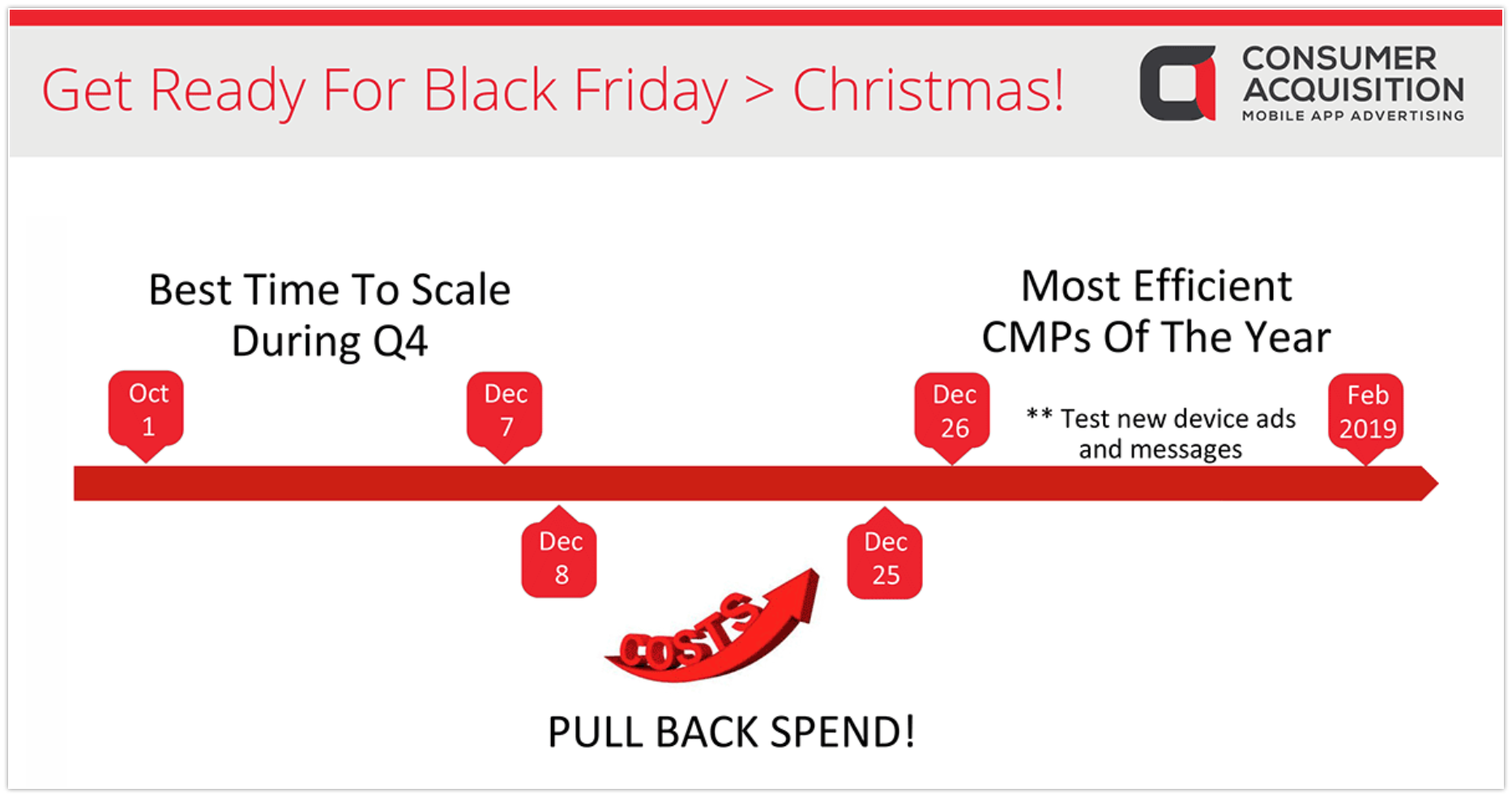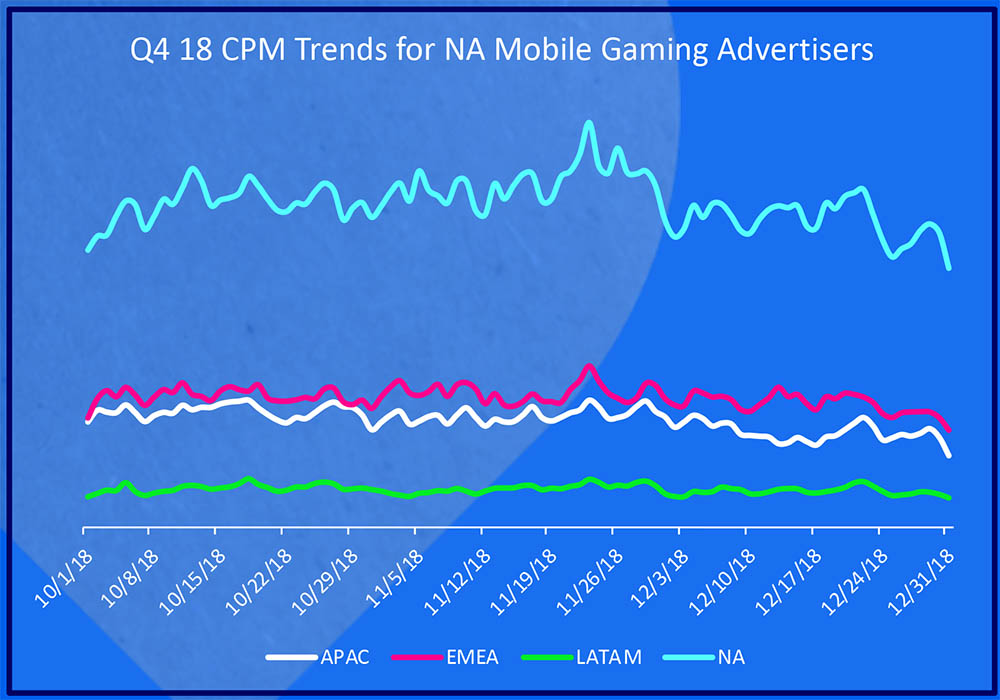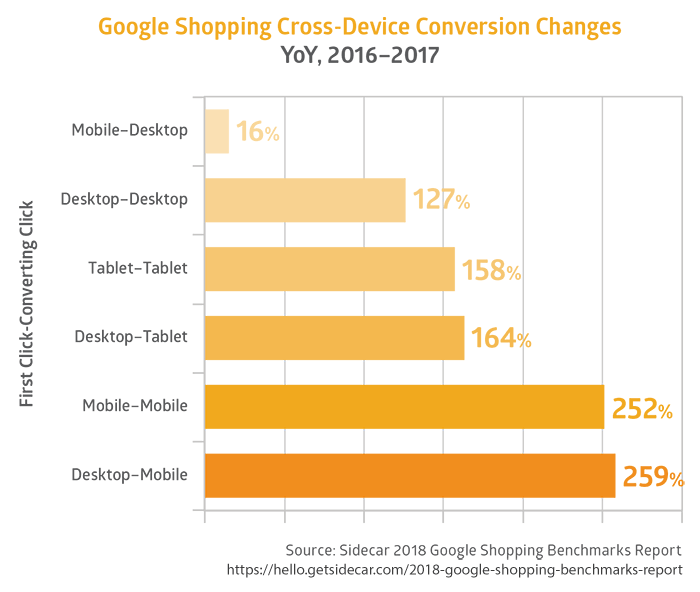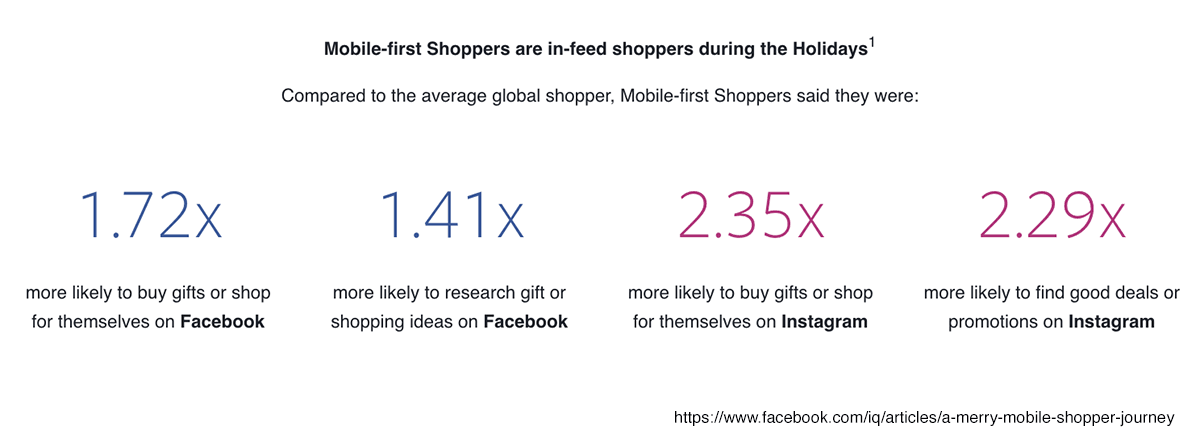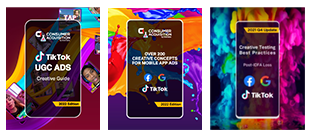Scaling a user base requires great creative, systematic testing, and enough ad budget to run those tests. There is no way around it.
We’ve seen too many good products and apps fail because founders, CMO’s, or UA managers didn’t want to invest in creative and creative testing. They wanted to scale their user base based on “the strength of the brand,” or on word of mouth, or on tactics like influencer marketing.
Once in a while, those things work. Word of mouth can be enough to expand a user base. But it almost never happens at the rate the UA manager wants, or in time to meet quarterly growth figures. App store optimization can also help – a lot – but it will only take you so far. Most marketing tactics simply aren’t as effective and as reliable as properly planned and executed performance marketing, aka data-driven advertising.
So while it might sting a little to invest $10,000 or $100,000 to scale up, it’s the best investment you can make. Great creative isn’t free, but it’s the difference between being successful and cost-efficient versus using poor ads that waste ad money. And it takes money and expertise to find and amplify that 100x creative. It requires an ad budget that doesn’t skimp.
How to Scale Your User Base
Your first month of advertising isn’t “wasted ad spend”
We can’t stress enough the importance of great creative. From what we’ve seen of running over a billion dollars worth of ad spend, it’s the creative that determines whether apps can scale or not.
If you want to stand out among the sea of ads and apps competing against yours, the creative has to stand out, too. Your creative has to nail your value proposition, employ proven conversion rate hacks, tell a compelling story, and look great. All at once. Without all those components in play, even a great app is likely to flop in today’s environment.
We’ve also reached the tipping point with AI-driven advertising platforms. While “the machines” can’t do a launch strategy or develop a creative strategy, they can take campaign goals and known success factors and weave them into a positive return on investment.
But even the machines need a body of information – a dataset, some ad spend – to get there. The algorithms are only as good as the information we give them. Without some account history, there is no data to interpret.
That’s part of why the money you’ll spend to build that advertising dataset isn’t “wasted ad spend.” It’s an investment…just as much as the wireframes of your app were an investment. You needed those clunky first drafts to produce the final product. There is no final draft without the first one.
The investment required to launch a new product
So the first month of advertising is never wasted. It’s the price you have to pay to reach month two and the type of ROAS you want.
Of course, none of this is new. PPC marketers struggled with this price of entry problem fifteen years ago, back when Google AdWords launched. John Caples and his peers wrestled with it back in the 20s. Launching a new product requires a certain investment to figure out which creative works.
Even now, with mobile app installs and value optimization and all the other conversion models, modern UA managers have, it takes a certain number of clicks and money, and creative to find out which messaging drives installs, and, eventually, high-value customers.
We can’t just flick a campaign on and have perfect campaign settings, perfect audience selection, and proven, 100x creative.
What’s required for scaling your user base (or create one from scratch)
Even when the owners of an app understand this, there’s always pressure to minimize the learning curve. That can be done, but it still costs money.
We generally expect it to take a month to find the right combination of creative, campaign structure, and audiences to turn a profit. It typically takes 20 pieces of creative to find one true stand-out performance driver because only 5% of new creative will outperform the previous winning creative. With a 95% failure rate, heavy creative testing is required to become profitable unless a big win comes very early in the testing process.
That high-performance ad’s lifespan can be extended with careful audience modeling and manipulation, but its performance is eventually going to decline. Then you’ll need another 20 pieces of creative to find the new super-performer that can replace it.
So how fast will each piece of creative burn out – what’s the rate of creative fatigue? It depends… on ad spend, on audience size, even on the time of year. But to give you a rough estimate, a piece of creative that has $10,000 a week spent on it can probably last 2-3 weeks. A piece of creative burning through $100,000 a week may last only 3-4 days.
How much creative you’ll need is directly tied to your ad spend. Some advertisers might be able to get away with as little as 40 pieces of creative in one month. Other, super-high volume advertisers may need four to six times that amount. Fortunately, that’s not a problem. You can offset some of the risks with creative testing by relying on competitors – you’ll need to establish a process to identify profitable ads for competitors and to use those ads for inspiration in our creative testing process.
Three things that will definitely cause you to fail
While there are a lot of unknowns involved in scaling a user base, there are some things we’re very sure of:
1. Cheap creative will kill your chances.
UA advertising is just too competitive now to put out second-rate creative and expect “the power of the brand” or amazing word of mouth to make up for the difference. Without great creative, your app doesn’t have a shot.
2. Testing is essential.
Testing probably has the highest rate of return for anything you do in your business. Yep – anything. No matter who you are, no matter how amazing your brand or your product or your customer experience, if you aren’t testing, and testing like your company’s future depends on it, you’re losing money.
Creative testing is the single best way to grow. And simply doing a few tests won’t cut it. You need a hyper-efficient, strategic testing methodology that can reduce the time it takes to find new creative winners. Without this, you’re toast. So focus on building a creative testing process that’s designed to reduce the amount of spend required to test each variation. Fail fast on losers and scale winners quickly.
3. It’s time to hand over parts of campaign management to the algorithms.
The advertising algorithms have become better at bid management, ad placements, and audience selection than humans are. Facebook and Google’s ad platforms now reward (if they don’t outright force) advertisers that hand over these parts of campaign management to the algorithms. Trying to do these parts of campaign management manually will crush your chances for growth.
Scaling Your User Base Conclusion
Scaling a user base is expensive. We get it. It’s even more expensive for new app owners and teams who do not have as much ad budget as they’d like. But don’t view the early weeks of performance advertising as “wasted money.” Think of them as research.
Strong creative versus poor creative is the difference between making money and losing money. Any company that wants
to invest in paid acquisition must commit to the creative testing process.
There’s no way to know exactly what’s going to work until you’re in the game. Even with smart management, great creative, and a hyper-efficient testing methodology, it costs money to scale a user base.
It’s expensive. But it’s way less expensive than scaling a user base the wrong way.
So if you’re going to spend the money, why not get the results you want?


